Community: The Secret to Stopping Deforestation in Guatemala
The forest concessions of the Maya Biosphere Reserve have boasted a near-zero deforestation rate for 20 years.
Home / Issues / Forests & Biodiversity / Deforestation / Page 6
Tropical forests absorb more carbon than any other kind of forest. They also provide shelter, food, and livelihoods to millions of Indigenous and local people, while housing two-thirds of the world’s biodiversity. But we are losing them at an alarming pace (mostly to agriculture): In 2019, we lost a football pitch of tropical forest every six seconds. Stopping deforestation and forest degradation in the tropics is critical to the survival of humanity.
This page features information about the Rainforest Alliance's work to stop tropical deforestation and links to all our related content and resources.
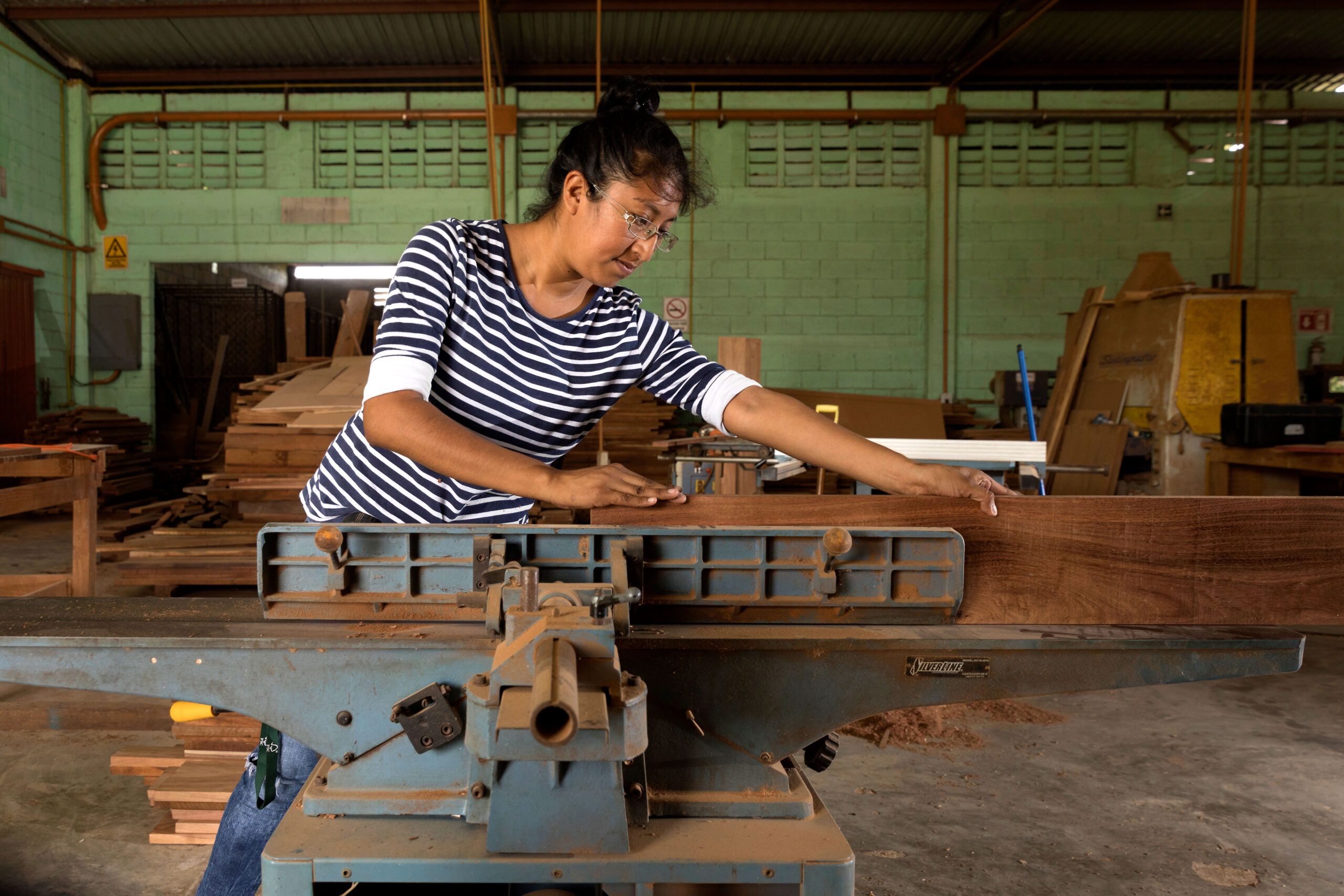
Stopping deforestation in the tropics has been at the heart of the Rainforest Alliance’s mission since its founding more than 35 years ago. Working with companies, civil society organizations, and local governments—all while centering the voices of the rural communities we partner with—we promote community forestry and regenerative agriculture throughout the tropics. Our decades of experience have demonstrated that these are the most effective strategies to keep forests standing and restore biodiversity.
This paper outlines our principles and strategies for stopping deforestation (and other forms of ecosystem conversion) in vulnerable tropical regions.
Learn how joining our Forest Allies community of practice will help your company have a greater impact on forests.
World Resources Institute (WRI) estimates the extent to which seven commodities—oil palm, soy, cattle, plantation wood fiber, cocoa, coffee, and plantation rubber—are replacing forests, and maps their impacts.
This Rights and Resources Initiative report examines the potential of community rights-based conservation to prevent biodiversity collapse.
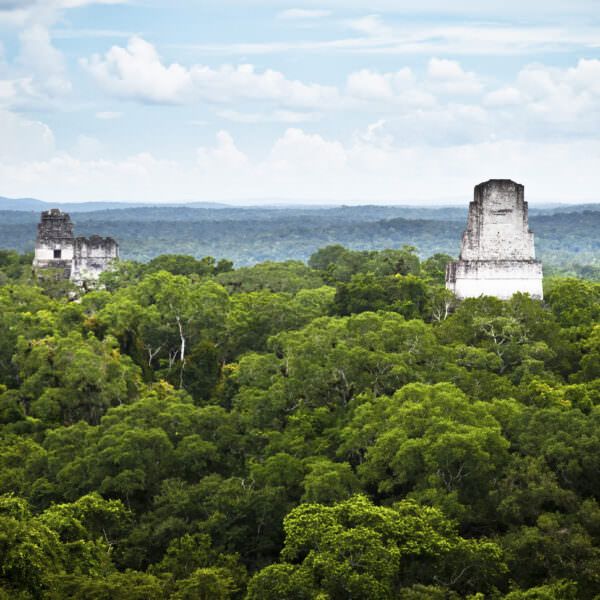
The forest concessions of the Maya Biosphere Reserve have boasted a near-zero deforestation rate for 20 years.
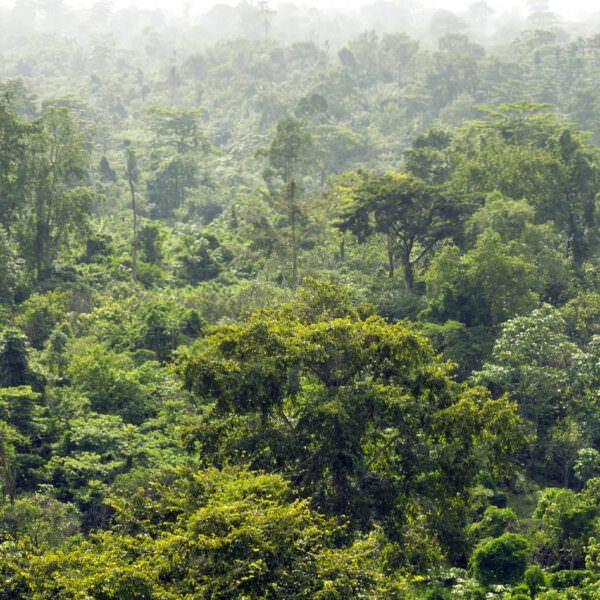
Community-led landscape management is the best long-term solution to environmental and social challenges.
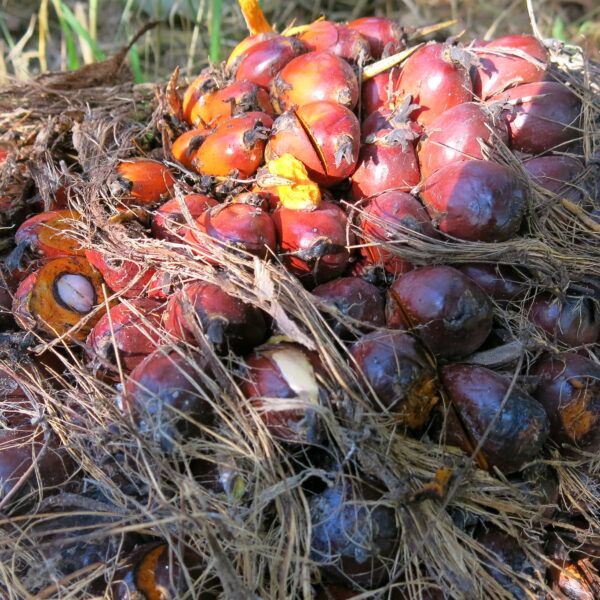
Since 2018, the Rainforest Alliance has been working in the Sintang District of West Kalimantan to promote an Integrated Landscape Management approach around oil palm and natural rubber production.
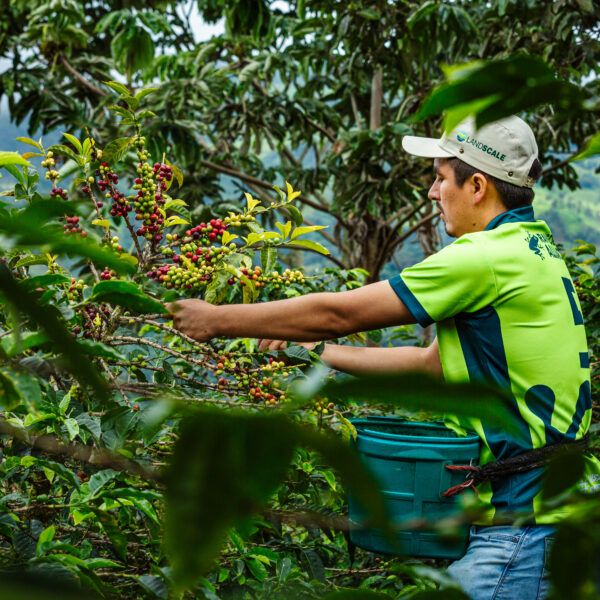
Through this initiative, the Rainforest Alliance will work with several organizations to address global environmental challenges associated with commodity-driven deforestation in some of the world’s most important tropical ecosystems and sourcing regions.

This document is for Certification Bodies to register inconsistencies found in the field during the audit by comparing field observations and the risk assessment results provided by the Rainforest Alliance.
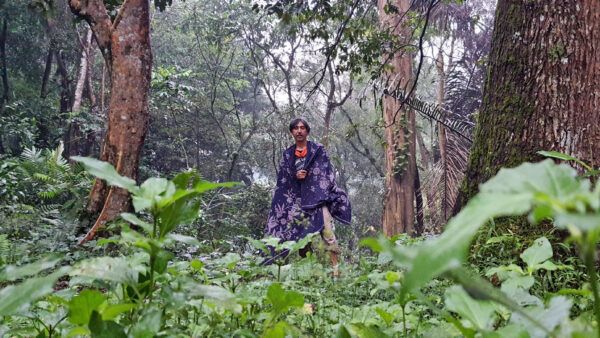
Reforestation is at the heart of Eko Purnomowidi's work at Klasik Beans, a Rainforest Alliance Certified coffee cooperative he co-founded in West Java, Indonesia.... Continue Reading

This tool has been developed by the Rainforest Alliance with support from IIED (Victor Milla, Duncan Macqueen) and field tested by the Rainforest Alliance in Indonesia, Guatemala and Cameroon, to implement community based monitoring in our community forest projects, in particular those supported by the Forest Allies initiative. It is based on the four pillars […]
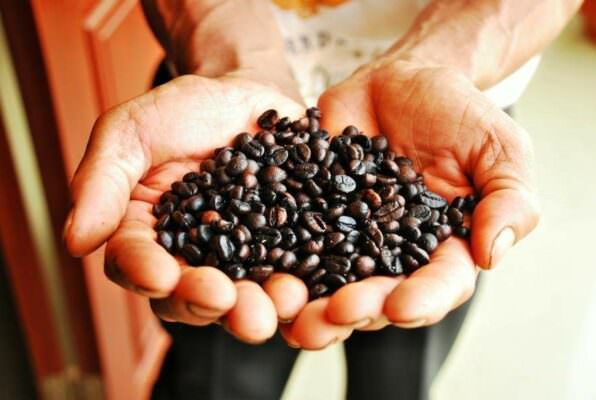
Coffee farmers protect forests and biodiversity, build their farms’ climate resilience, promote human rights, and improve livelihoods. Here are five remarkable individuals who motivate us even more than the coffee they grow.... Continue Reading
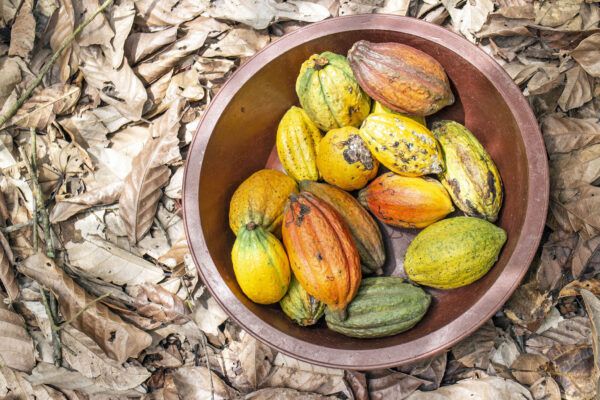
We work with almost one million cocoa farmers to build thriving livelihoods and climate resilience through certification and training.... Continue Reading

Through the Forest Allies community of practice, we can help your company: Invest in forest conservation and restoration beyond your operations. Recognize Indigenous Peoples and local communities as effective forest stewards and future business partners. Collaborate with a range of stakeholders to leverage the impact of your investment. Forest Allies brings together companies, regional civil […]